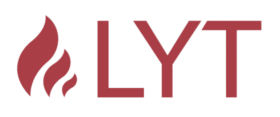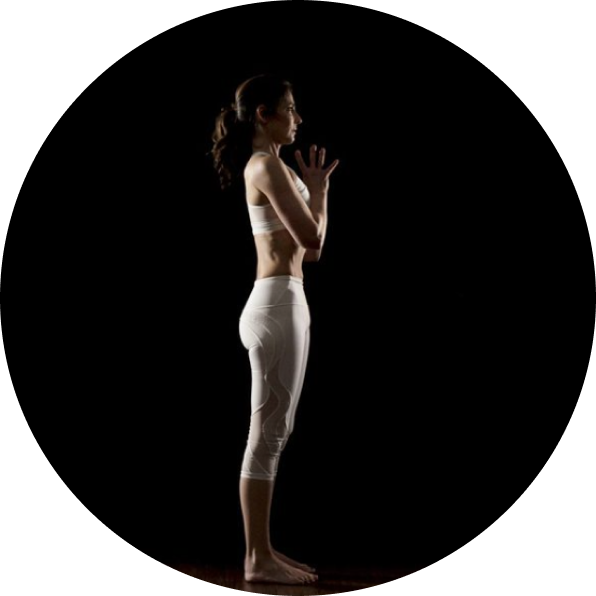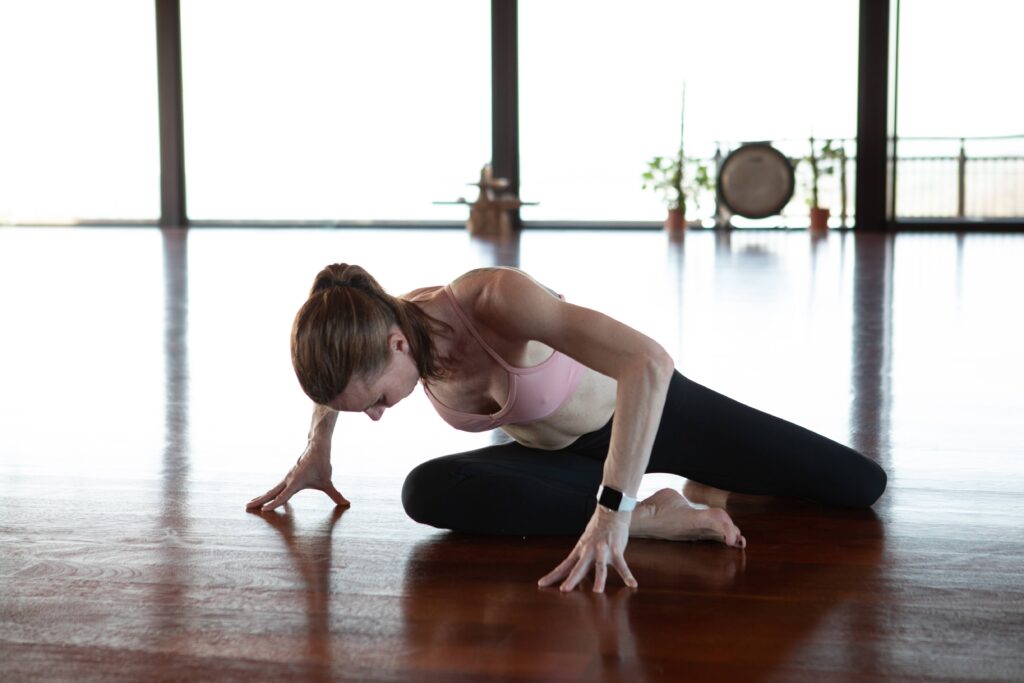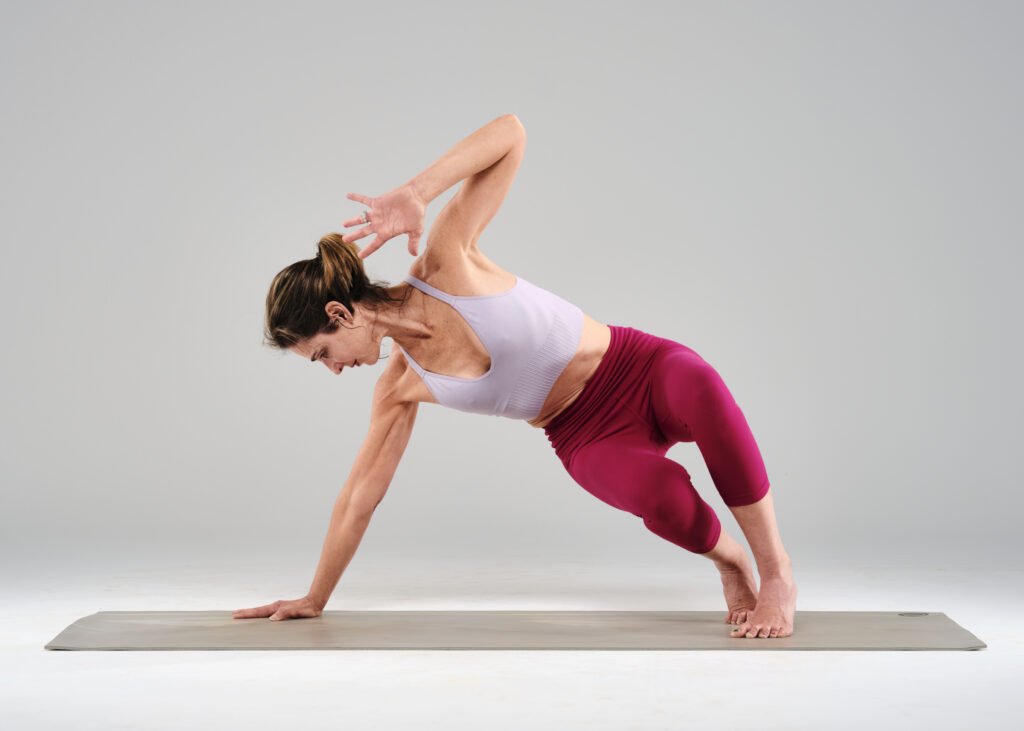Artificial intelligence has exploded into nearly every aspect of our lives, from personalized playlists to nutrition tracking, to AI-driven fitness apps that promise a perfectly tailored workout.
While this modern technology was predicted and shown in my childhood television shows like “The Jetsons’, the breadth of content is nonetheless staggering. AI can certainly be a helpful tool, it often falls short in giving sound advice for posture and movement quality.
As much as we teach postural alignment in LYT yoga such as with our beloved “Triple S” technique (stacking the Skull, Scapulae, and Sacrum), we recognize that optimal posture is not merely about standing upright.
Posture is the carriage of your energy and sets up how your body is organized in space so that all the bodily systems can be functionally responsive. The stacking of the spine, activation of the core, and alignment of the joints, all important elements of posture, are predicted by both neuromuscular cues and feedback that enable the body to adapt dynamically to your environment.
This capacity is greater than even the smartest algorithm can replicate. On some fitness apps, AI capability tracks your reps and form through the camera and creates personalized training plans based on your goals.
While this support can be helpful, AI doesn’t really understand your body. It merely interprets data, filled with angles, metrics, and numbers but doesn’t account for the lived, human experience of movement.
For example, if you are performing a squat, AI doesn’t know if you are gripping your jaw or pelvic floor or breathing into your back ribs in a full diaphragmatic breath. Posture and movement are multi-dimensional, and technology often overlooks the subtleties.
Posture is More Than Position
Your posture reflects your nervous system, emotional state, and movement habits. It’s shaped by stress, past injuries, daily routines, and even how you feel about yourself.
AI can tell you if your shoulders are rounded forward, but it can’t teach you how to retrain a neutral spine, re-pattern sub-optimal movement habits, or activate your deep core for support and better breathing.
Why Human-Designed Movement Still Wins
The LYT Yoga Method is built on decades of physical therapy, neuroscience, and yoga practice. It’s not just a fitness class; it’s a blueprint for moving better, breathing efficiently, and feeling more aligned in your daily life.
Unlike AI programs, LYT addresses root causes and trains somatic awareness. We teach you how to engage your core and breath, so alignment becomes more natural and responsive.
Posture is a felt-sense, not just a robotic adjustment, and our LYT classes are designed to sharpen body awareness with enhanced brain-body intelligence.
Our education gives you the tools to pay attention and understand the inner workings of your body in movement and at rest. Posture shifts with stress, activity level, and your emotional state, and our practice gives tools to better regulate the nervous system alongside movement.
This integrated approach leads to greater wellness on and off the mat, as LYT retrains the way we move, think, and feel.
How Tech Can Help and Where It Can’t
Even though it does have limits, AI can motivate, send reminders, and track your progress. It works best as a support tool, not the main guide because your posture and your movement are not fixed by data.
They are transformed through a human-designed program with methods that are rooted in human experience. One of the reasons I created LYT was to educate people about their bodies to become their own advocates for health and wellbeing.
With tools to support the nervous system and a practice rooted in neuro-focused physical therapy, you are empowered to know the ‘how’ and ‘why’ behind movement.
Unlike an algorithm that might inform you that your posture or movement isn’t aligned, we help you repattern through intelligent movement and sequencing so you can upgrade your posture for real life situations.
Ready to experience the difference?
Join me on the LYT platform for classes that go beyond data and help you feel aligned, energized, and strong from the inside out.





